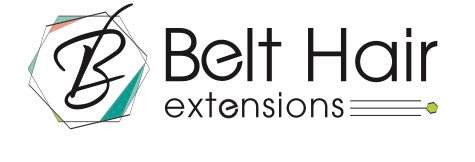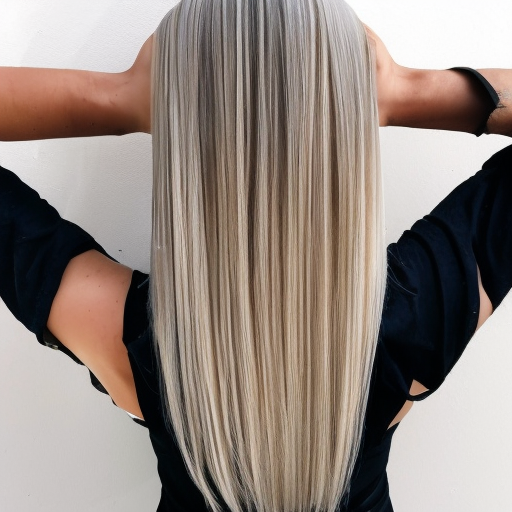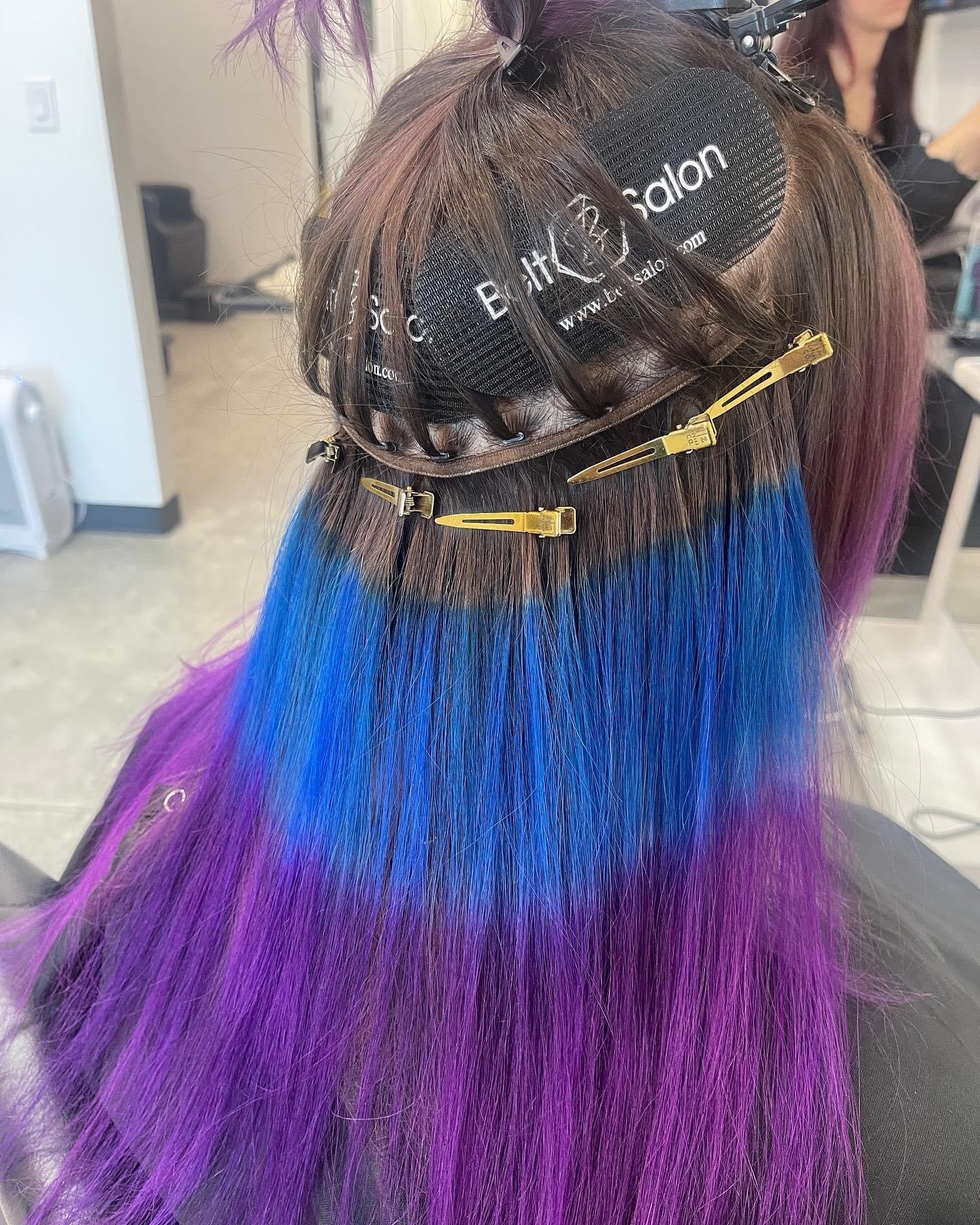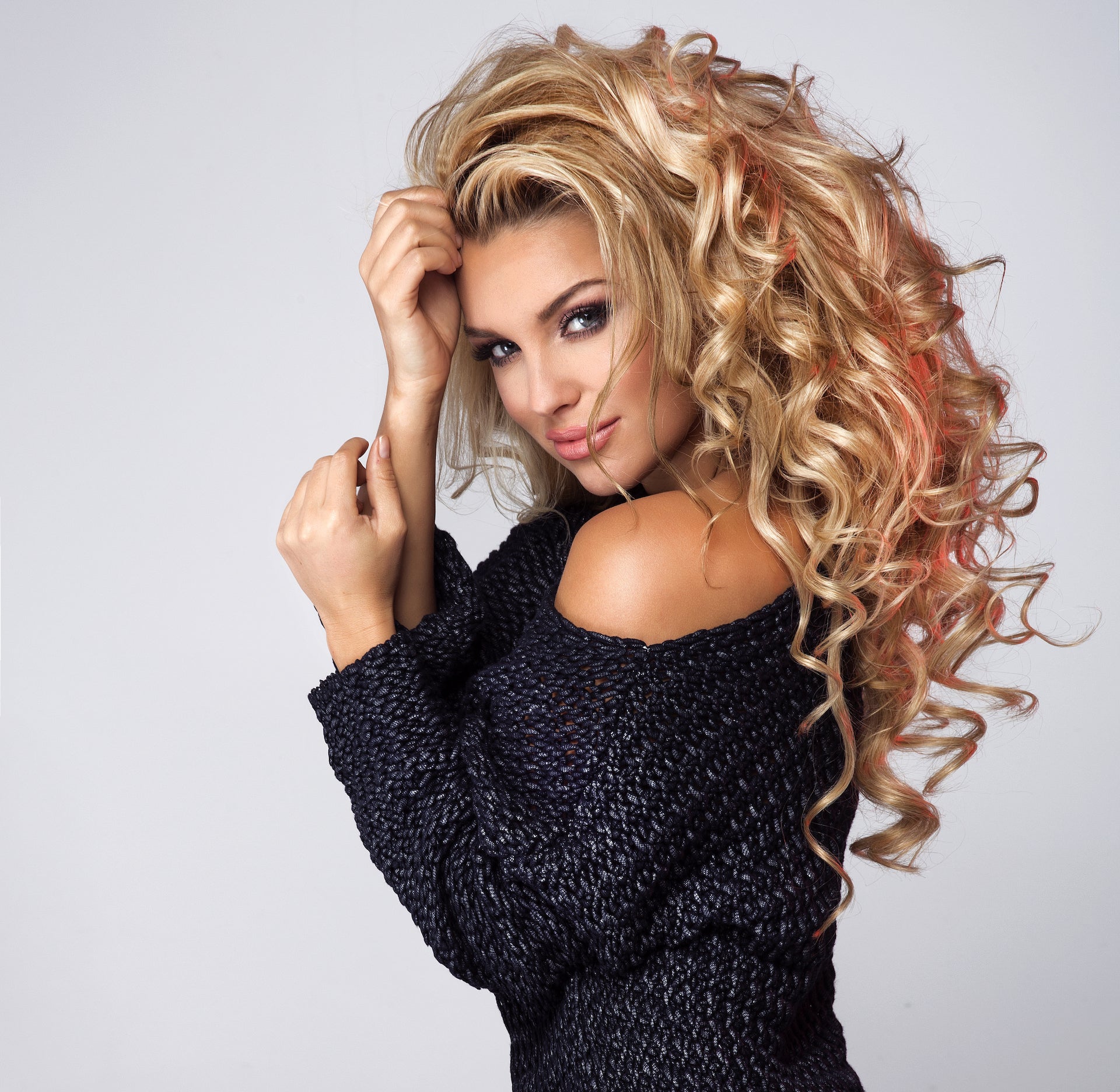The Science Behind Hair Extensions: Understanding Hair Quality and Textures for Belt Hair Extensions Stylists
As a hairstylist in the ever-evolving world of hair extensions, have you ever wondered what really sets one extension apart from another? The secret lies in understanding the science behind hair quality and textures. Unlocking this knowledge will not only enhance your expertise but also enable you to create stunning, natural-looking results that will leave your clients in awe. In this comprehensive guide, we'll unravel the mysteries of hair extension quality and texture, providing Belt Hair Extensions stylists with the essential information needed to make informed decisions when choosing the perfect extensions for their clients. Get ready to elevate your hair extension game and leave your competition in the dust!
The Importance of Hair Quality in Hair Extensions
The quality of the hair used in extensions plays a crucial role in determining their longevity, appearance, and overall performance. When selecting hair extensions for your clients, consider the following factors that impact hair quality:
-
Human vs. Synthetic Hair: Human hair extensions provide a more natural look and feel compared to synthetic options. They can be styled, colored, and treated just like natural hair, making them the preferred choice for most clients. Synthetic hair, on the other hand, is less versatile and can have an unnatural shine or appearance.
-
Remy vs. Non-Remy Hair: Remy hair extensions are made from 100% human hair with the cuticles intact and aligned in the same direction. This alignment prevents tangling and ensures a smooth, natural appearance. Non-Remy hair extensions may be less expensive, but they're more prone to tangling and have a shorter lifespan.
-
Single vs. Double Drawn Hair: Single drawn hair extensions contain hairs of varying lengths, which can result in a natural, tapered look. Double drawn hair extensions, on the other hand, have been sorted to include only hairs of the same length, providing a fuller, more uniform appearance.
-
Origin and Ethical Sourcing: Hair extensions come from various sources, including countries like India, China, and Brazil. The quality of the hair can vary depending on the source, so it's important to choose hair extensions from reputable suppliers who prioritize ethical sourcing and quality control.
By understanding the factors that impact hair quality, Belt Hair Extensions stylists can make informed decisions when selecting extensions for their clients, ensuring a beautiful and natural result.
Understanding Hair Textures
Hair extensions come in various textures, including straight, wavy, and curly, to cater to different hair types and client preferences. To choose the right texture for your client, it's essential to understand the science behind hair textures and how they're created. Here are the main factors that influence hair texture:
-
Hair Follicle Shape: The shape of the hair follicle plays a significant role in determining hair texture. Round follicles produce straight hair, while oval or irregularly shaped follicles result in wavy or curly hair.
-
Hair Shaft Structure: The structure of the hair shaft also influences hair texture. A uniform, round hair shaft typically results in straight hair, while an elliptical or flat hair shaft creates wavy or curly hair.
-
Chemical Bonds in Hair: Hair texture is also affected by the chemical bonds within the hair fibers. Disulfide bonds and hydrogen bonds contribute to the curl pattern and overall texture of the hair.
-
Genetics and Ethnicity: Genetics and ethnicity play a role in determining hair texture, as different genetic factors can influence the shape of the hair follicle and the structure of the hair shaft.
By understanding the science behind hair textures, Belt Hair Extensions stylists can better match extensions to their clients' natural hair and create a seamless, blended appearance.
Choosing the Right Hair Extensions for Your Clients
To choose the perfect hair extensions for your clients, it's essential to consider both hair quality
and texture, as well as the client's unique needs and preferences. Here are some tips to help Belt Hair Extensions stylists make the best choice for each client:
-
Analyze the Client's Natural Hair: Carefully examine your client's natural hair, taking note of its texture, thickness, and color. This will help you determine the most suitable extensions to create a seamless and natural look.
-
Consider the Client's Lifestyle: Keep your client's lifestyle in mind when selecting hair extensions. For clients with an active lifestyle or who frequently style their hair, choosing high-quality, durable extensions, such as Remy hair, is essential. If your client prefers a low-maintenance option, clip-in extensions might be a better choice.
-
Discuss the Desired Look: Talk to your client about the look they want to achieve with hair extensions. Are they seeking added length, volume, or both? Do they prefer a dramatic change or a subtle enhancement? Understanding your client's goals will help you choose the right extensions to meet their needs.
-
Match the Hair Texture: Select hair extensions that closely match your client's natural hair texture. This will help ensure a seamless blend and a more natural appearance. For example, if your client has curly hair, choose curly extensions to maintain consistency in texture.
-
Color Matching: Accurate color matching is crucial for creating a natural, blended look. Consider using multiple shades of extensions to mimic the client's natural hair color variations and add dimension.
-
Customize the Extensions: To achieve the perfect fit and look, be prepared to customize the extensions by cutting, layering, and blending them with the client's natural hair. This will help create a more natural and seamless appearance.
By considering both hair quality and texture, as well as your client's unique needs and preferences, you'll be able to choose the ideal hair extensions for each client, creating beautiful, natural-looking results that will keep them coming back for more.
The science behind hair extensions is a fascinating and essential aspect of the hair extension industry that every Belt Hair Extensions stylist should understand. By gaining a thorough understanding of hair quality and textures, you'll be better equipped to choose the perfect extensions for your clients and create stunning, natural-looking results. Stay up-to-date with the latest advancements in hair extension technology and techniques to ensure you're always providing the best possible services to your clients and helping them achieve their hair goals.









Leave a comment